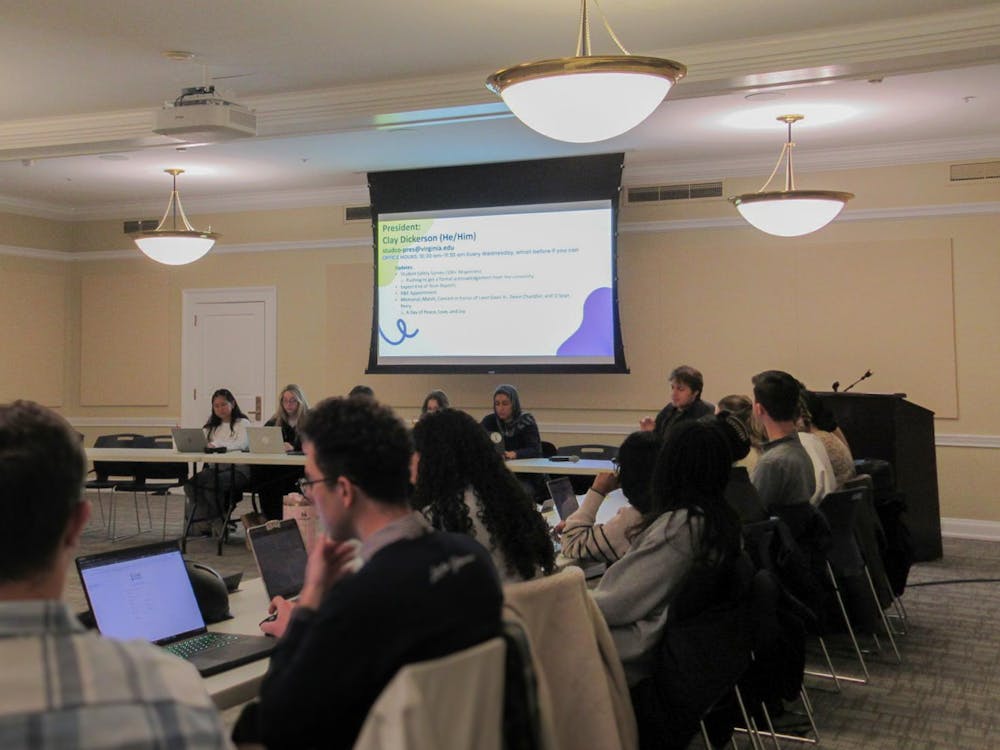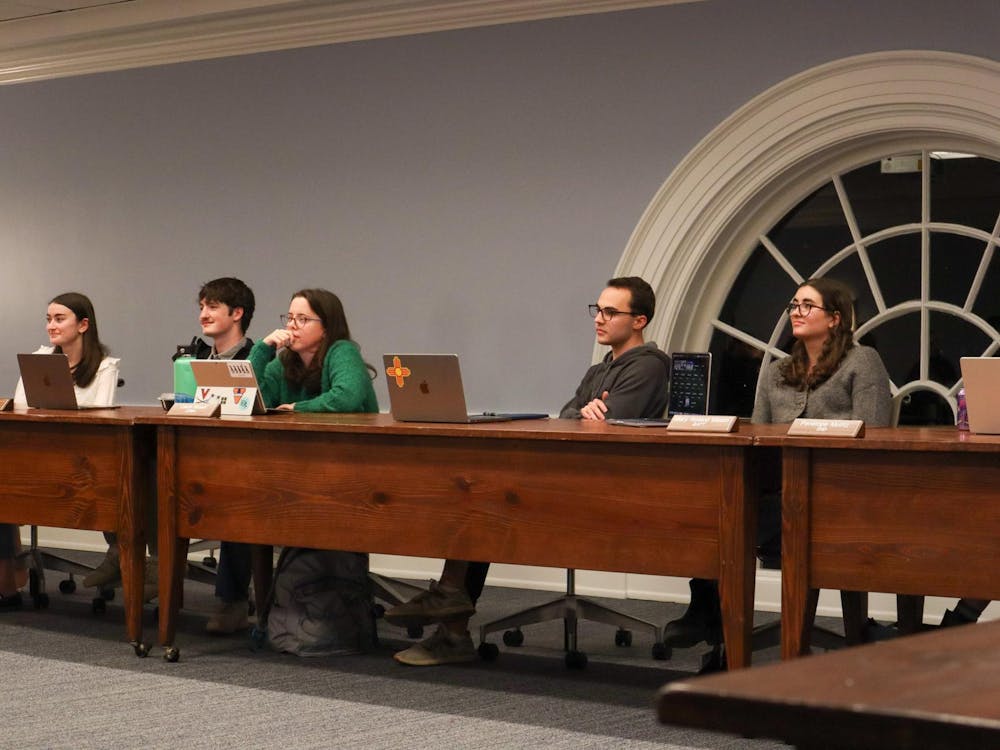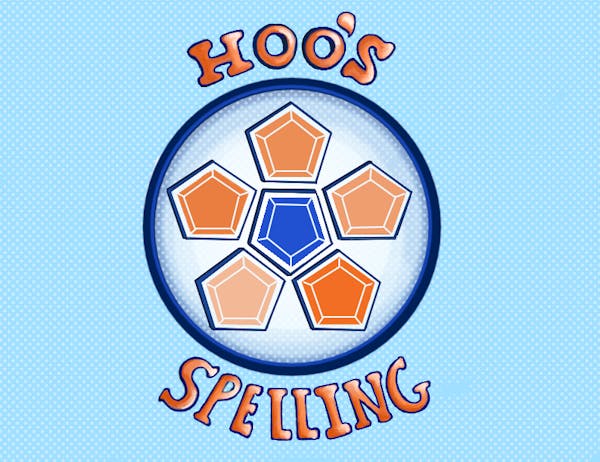A national study released yesterday by the State Higher Education Executive Officers found that while average state appropriations for higher education have increased, the amount of money from state and local funding per student is on a downturn.
SHEEO is a national association of state-level higher education governing board chief executives.
According to the study, which looked at figures compiled from the 1980 to the 2005 fiscal year, state spending per student nationally (adjusted for inflation) has fallen from a record high in 2001 of $7,121 to $5,833 in 2005.
The report also calls attention to the fact that trends in enrollment, inflation and tuition price percentages have increased nationally, according to David Wright, senior research analyst at SHEEO.
Statistics for Virginia in relation to the SHEEO report seem to not only match but surpass the national trends in higher education financing, Wright said.
"In Virginia, the exact figure [for the percentage decrease in appropriated funds per student] is negative 27.1 percent from $6,757 in 2001 to $4,927 in 2005 ... in contrast to the national average, which decreased 18.1 percent in that time period -- from the 25-year high of $7121," Wright said. "So, it looks like the trends were even more dramatic in Virginia."
The decrease in appropriated funds and increase in tuition levels for Virginia's public higher education reflects years of recession in the state, said Dan Hix, director of finance policy for the State Council of Higher Education for Virginia.
"What happens in a recession is that higher education is cut ... at a greater rate because we can raise tuition," Hix said. "In the good cycles higher education makes out very well in Virginia-- both the Commonwealth and the students know that it's a good investment."
Hix explained that the SHEEO report also used numbers compiled last year and that an upsurge in trends is expected in Virginia's near future.
"The good news is that this biennium, the 2004-2006 biennium ... there was the third-highest increase over a two-year period and it was 18.4 percent," Hix said. "Nationally it was over about 9.7 percent during that last year period -- we almost doubled the national increase."
Wright said he hopes the report shows that changes need to be made in regard to financing higher public education.
"Hopefully, everyone who sees these numbers would say well, from the state point of view, we can't continue the current trend in disinvestment in public education," Wright said. "How long can we continue to shift the burden for paying for the general operational expenses of public higher education to students and their families?"
At the University, there are many options for dealing with high tuition rates, said Yvonne Hubbard, director of student financial services.
"There is a lot that has to be paid for with tuition," Hubbard said. "Tuition is up, but we offer a hundred percent if need is met."






